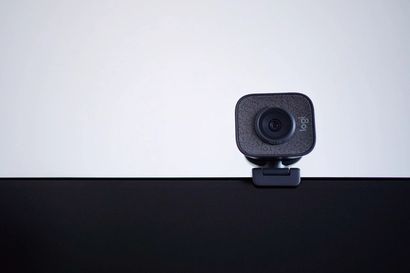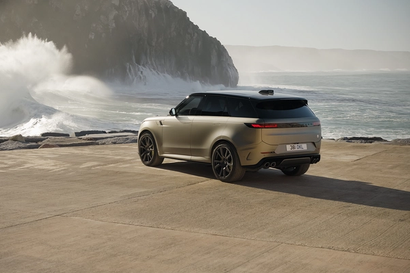It is 1997. You’ve got a bucket hat on your head, combat boots on your feet and Blur are topping the charts. Titanic has just hit both cinemas and a bloody great iceberg — and Rolls-Royce is deep in business talks.
Vickers engineering, monolith of motoring, has decided to sell both Rolls-Royce and Bentley — and a high-octane bidding war is raging. BMW, who already produces many components for the British luxury marques, look like the most likely buyer — but there is also ardent interest from Volkswagen and Daimler-Benz.
Eventually, after Daimler-Benz crash out of negotiations, the two-horsepower race between BMW and Volkswagen reaches a fever pitch and leads to a split: Rolls-Royce ends up with BMW; Bentley with Volkswagen. It’s a multi-million dollar mess. Daimler-Benz, sitting several miles back at the side of the road, is seething at missing out.

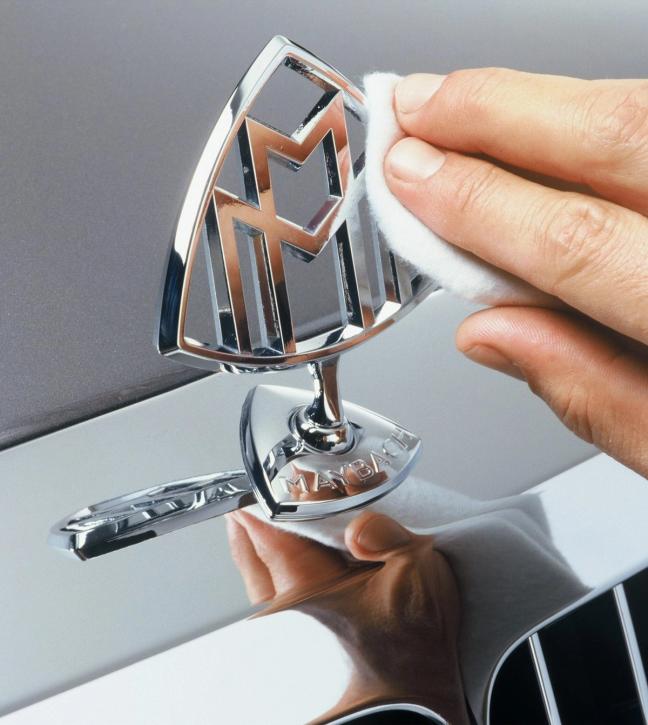
And so, as Rolls-Royce set to work conjuring up its Phantom and Bentley fine-tuned the Continental GT, Daimler-Benz busied itself building a competitor. It used a luxury concept car it had revealed at the previous year’s Tokyo Motor Show as the basis for its Bentley-slayer, and spent the next four years turning it into a viable twin-turbocharged, ultra-opulent, V12 super saloon.
Available in two sizes, differing by half a metre in length, Daimler-Benz launched its new luxury automobiles, the 57 and the 62, in 2002 — releasing the cars under the resurrected banner of its most elegant, desirable historical subsidiary: Maybach.
One hundred years ago, in 1919, the original Maybach marque created its first car. This was speedily followed by a host of future classics, produced between 1921 and 1940. The most famous of these motors was the Zeppelin; an enormous three-ton cabriolet named after the huge rigid airships — for which Maybach also produced the engines. Back to 2002, and the new Maybach 57 and Maybach 62 models were designed with the same decadence, featuring four-zone climate control, voice-activated navigation systems, premium leather upholstery and real-wood steering wheels. The cars were expensive, and unashamedly so.
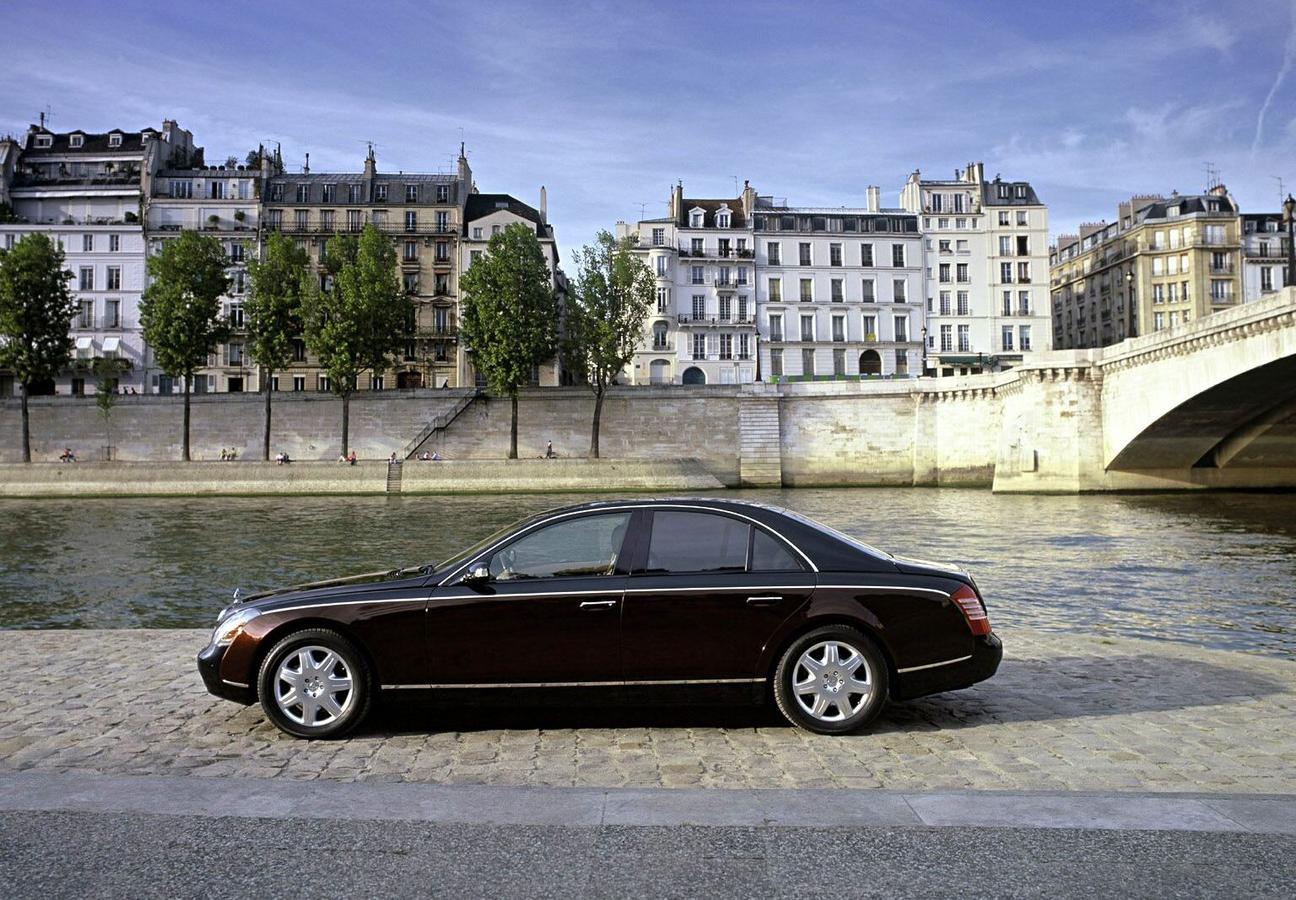
In fact, the Maybach 57 had a starting price of around £240,000 — considerably more money than the £214,500 Rolls-Royce was asking for its Phantom. But things started well despite the high prices. The Maybach 62 was launched lavishly in 2002, when it was enclosed in a glass case, loaded onto the RMS Queen Elizabeth II and transported across the Atlantic to New York City, before being helicopter-lifted off the liner and driven to Wall Street’s Regent Hotel.
The brand had steered itself back into public consciousness after over half a century, and celebrities from Jay Leno and Woody Allen to Madonna and Charlie Sheen were buying into the restored luxury brand. With the ink still drying on Daimler’s record-breaking merger with US giant Chrysler, stateside customers saw the marque as an American alternative to uptight British Bentleys and Rolls-Royces — and couldn’t wait to part with their cash.


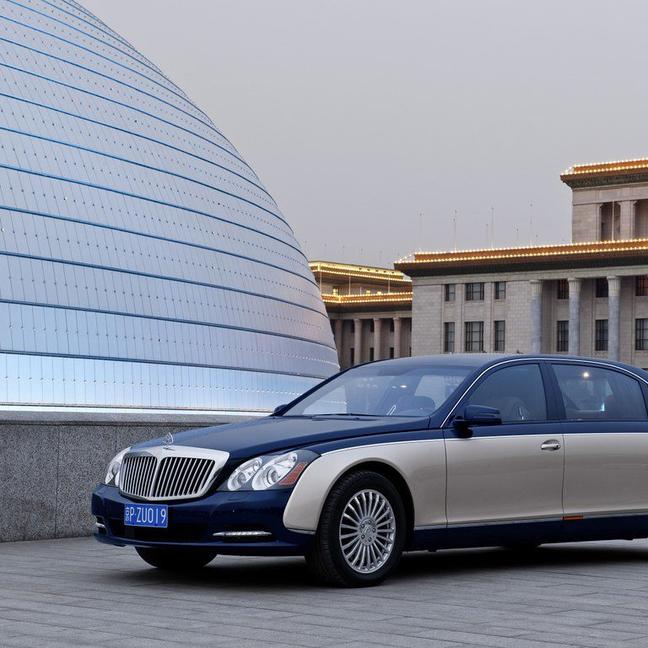
By 2005, the established Maybach was looking to branch out. It launched the 57S — ’S’ for ‘Special’ — at the Geneva Motor Show; a car which boasted Mercedes’ new 6-litre engine and a 0-60 mph of under five seconds. Samuel L. Jackson collected his keys for one almost immediately, as did Kanye West. Will Smith shortly followed, building the brand’s A-list customer base even further. Daimler-Chrysler, basking in the glow of success, confidently predicted that half of any sales to come — an optimistically forecasted 2,000 per year — would come from the US.
2006 saw the released of Maybach’s 62S in China. And, by 2007, the luxury brand was puffed up enough to make its most opulent car yet. Reviving the traditional chauffeur-style ‘landaulet’ design, the Maybach 62 Landaulet had a sliding soft roof and biturbo V12. It was a hit with rappers — with three of the eight units produced bought by Birdman, DJ Khaled and Jay-Z, the latter speccing his out to the tune of a wallet-busting $1 million. The brand also enjoyed appearances in chart-topping tracks by Drake, Rick Ross, The Game, Chris Brown and Rihanna.
But then, at the height of its champagne-popping and name-dropping, Maybach stalled. In late 2007, the brand decided to close almost half of its US dealerships — shutting shop on 29 of 71 branches. More figures followed: only 164 units had been sold in the US in 2006, and the decline was only set to get worse.

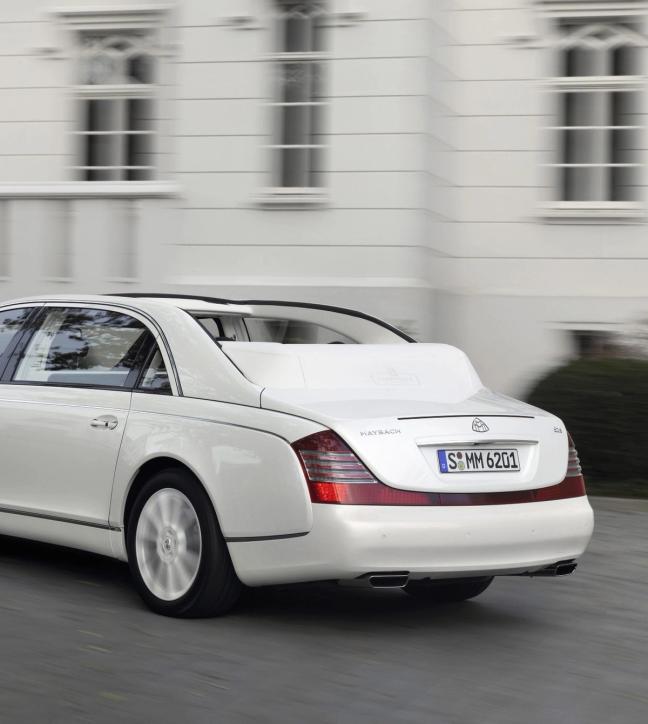
The financial crisis of 2007-08 kicked Maybach while it was down. Sales struggled and critics turned on the luxury marque in a matter of months. An article in Fortune magazine called its business plan “remarkably clumsy” and decried Daimler’s decision to build its luxurious motor on an ageing Mercedes wheelbase rather than innovating from the wheels up.
Journalists who requested to test Maybach’s cars were asked to ride in the backseat at the carmaker’s behest. These cars were made to be driven in, the manufacturer explained, not to drive. Predictably, reviews struggled to give a fair representation of the engineering as a result. And, by 2010, annual sales has fallen to 157 units globally — a meagre number when compared to Rolls-Royce’s 2,711 in the same timeframe. A year later, in 2011, this figure fell once again to a staggeringly low 44.
Maybach was branded boring and overpriced — with not enough differentiation between Daimler’s high-end Mercedes models and these so-called ‘ultra-luxury’ offerings. When the last-ditch ‘Zeppelin’ editions were revealed, their California beige leather interiors and gauche silver champagne glasses were lampooned for bearing no thematic or visual resemblance to the original Maybach Zeppelin.
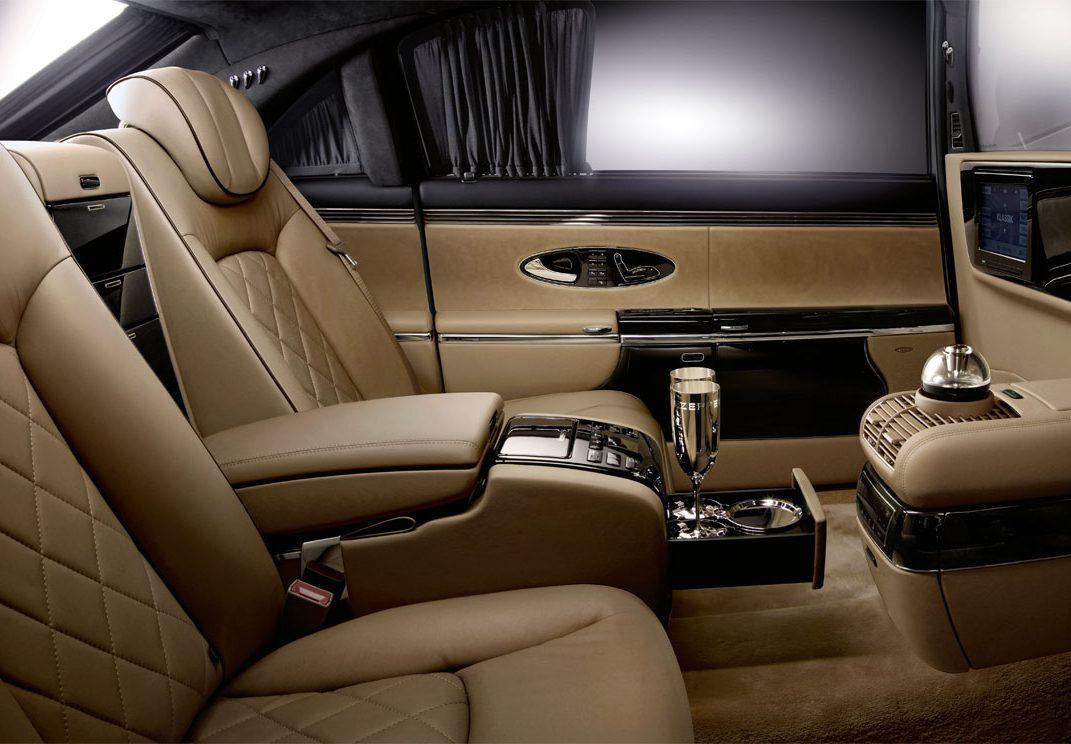
In November 2011, all Maybach production was halted by Daimler. The resurrected company had enjoyed several more years of life, but was to once again fade away — this time to make room for new Mercedes-Benz S-Class models. The grand bid to out-luxury Bentley and Rolls-Royce had, perhaps inevitably, failed.
Since the final Maybach rolled off the production line, Mercedes-Benz has adopted the name as a sub-brand for its own S-Class range. But, while the Mercedes-Maybach S600 may keep the opulent spirit of the marque alive — massage seats, 3D surround sound, a system to pump Agarwood scent and ionised air around the cabin — the pioneering work and revolutionary spirit of the original cars burned out with the failed revival.
There remains, however, a flicker of innovation under Maybach’s bonnet. Unveiled at the 2016 Pebble Beach Concours d’Elegance, the Vision Mercedes-Maybach 6 is an all-electric speedster fit for a supervillain — and perhaps the key to steering the German marque back towards relevancy in its centenary year. If we can be sure of one thing, it’s that the brand won’t stay away. Thanks to an uncanny knack for survival, it’s not a question of if, but rather when we’ll see Maybach back.
Got a thing for vintage cars? We talk to David Gandy about his newly restored Jaguar XK120…

Become a Gentleman’s Journal Member?
Like the Gentleman’s Journal? Why not join the Clubhouse, a special kind of private club where members receive offers and experiences from hand-picked, premium brands. You will also receive invites to exclusive events, the quarterly print magazine delivered directly to your door and your own membership card.

